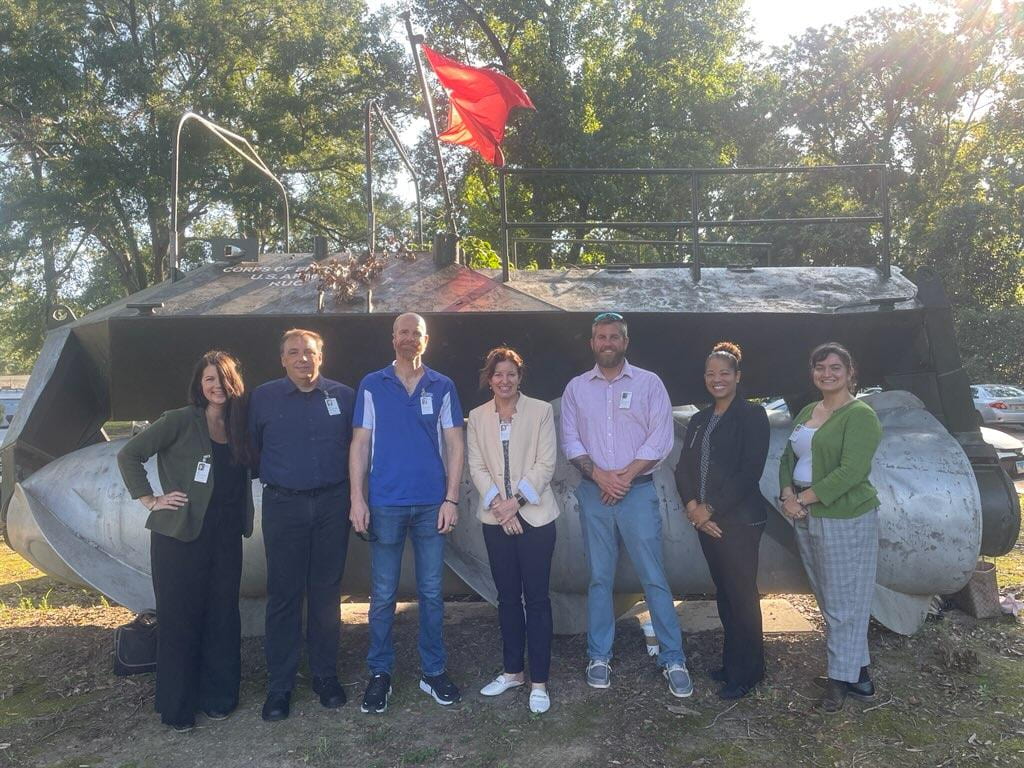The Head Research Group addresses real-world challenges related to structural monitoring and evaluation with emphasis on structural resilience, especially during climate-induced events and natural hazards. Our methods vary for evaluating structures from conducting in-situ structural evaluations to developing physics-based numerical models that characterize and predict structural behavior, oftentimes validated by physical (laboratory or field) testing. We monitor and evaluate structures for condition assessment with the ultimate goal of predicting the remaining life expectancy to safeguard infrastructure.


































